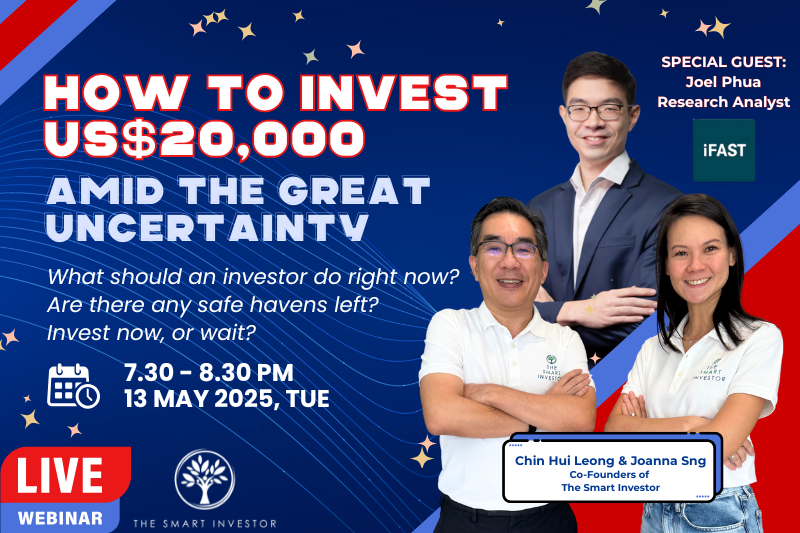Welcome to part four of this series where we list down pertinent questions you should ask before you commit to a stock purchase.
You can check out Parts one, two and three here, here and here.
The questions this time will revolve around the strengths and weaknesses of the business and industry.
15. Does the business have a sustainable competitive advantage and what is its source?
The first point relates closely to whether companies possess a competitive moat.
Investors should be able to identify the business’ sustainable competitive edge that allows it to generate higher returns compared to its peers.
Apart from identifying its moat, it’s also important to understand the source of this advantage and how it will evolve.
16. Does the business possess the ability to raise prices without losing customers?
An important quality to look out for in a company is whether it can raise the prices of its products or services without suffering from a corresponding decline in sales volume.
If it can do so, it demonstrates pricing power which is a formidable force in the business world.
Pricing power allows a company to continue raising prices even when there is a recession that impacts consumer demand.
17. Does the business operate in a good or bad industry?
Some industries have poor economics.
Poor economics imply that all industry players will struggle to generate sustainable levels of profits and cash flows.
This can be due to persistent demand decline or stiff competition that erodes returns for all companies.
Investors should study industry trends (by reading industry news articles) to assess if the industry is growing, stagnant or declining.
18. How has the industry evolved?
Industry evolution is an important aspect to study as it can affect the prospects of the businesses within the industry.
Companies which fail to keep up with the industry’s evolution are doomed to fall out of favour and be replaced by companies that are more innovative and progressive.
A good example would be the decline in newspaper advertising which coincided with the rise of digital ads.
Singapore Press Holdings, or SPH, is a media company that publishes newspapers such as the Straits Times and Business Times.
In October 2020, SPH posted its first-ever net loss of S$83.7 million.
Subsequently, in May 2021, the group restructured its media business into a not-for-profit entity and by August 2021, it was taken private by conglomerate Keppel Corporation Limited (SGX: BN4).
19. What is the competitive landscape, and how intense is the competition?
It is essential to assess how rational the competitors are in terms of pricing and marketing.
If predatory pricing (i.e. a competitor prices its products below cost to gain sales volume) is prevalent, then the competitive landscape becomes irrational and all players will suffer.
Competition that is too intense may also result in the exit of numerous players before equilibrium is reached.
If a product or service is too commoditised, it may also signal future intense competition as more and more players enter a crowded market.
20. What type of relationship does the business have with its suppliers?
The investor should look into the power of suppliers and their effect on the company.
In addition, he should also observe if the business can obtain favourable credit terms from suppliers.
If it can, it implies that the business is established enough that it can obtain such concessions.
This could be the fastest way to jump from a “newbie” investor to a seasoned pro. Our beginner’s guide shows everything you need to know to buy your first stock and beyond. Click here to download it for free today.
Follow us on Facebook and Telegram for the latest investing news and analyses!
Disclaimer: Royston Yang does not own any of the companies mentioned.




